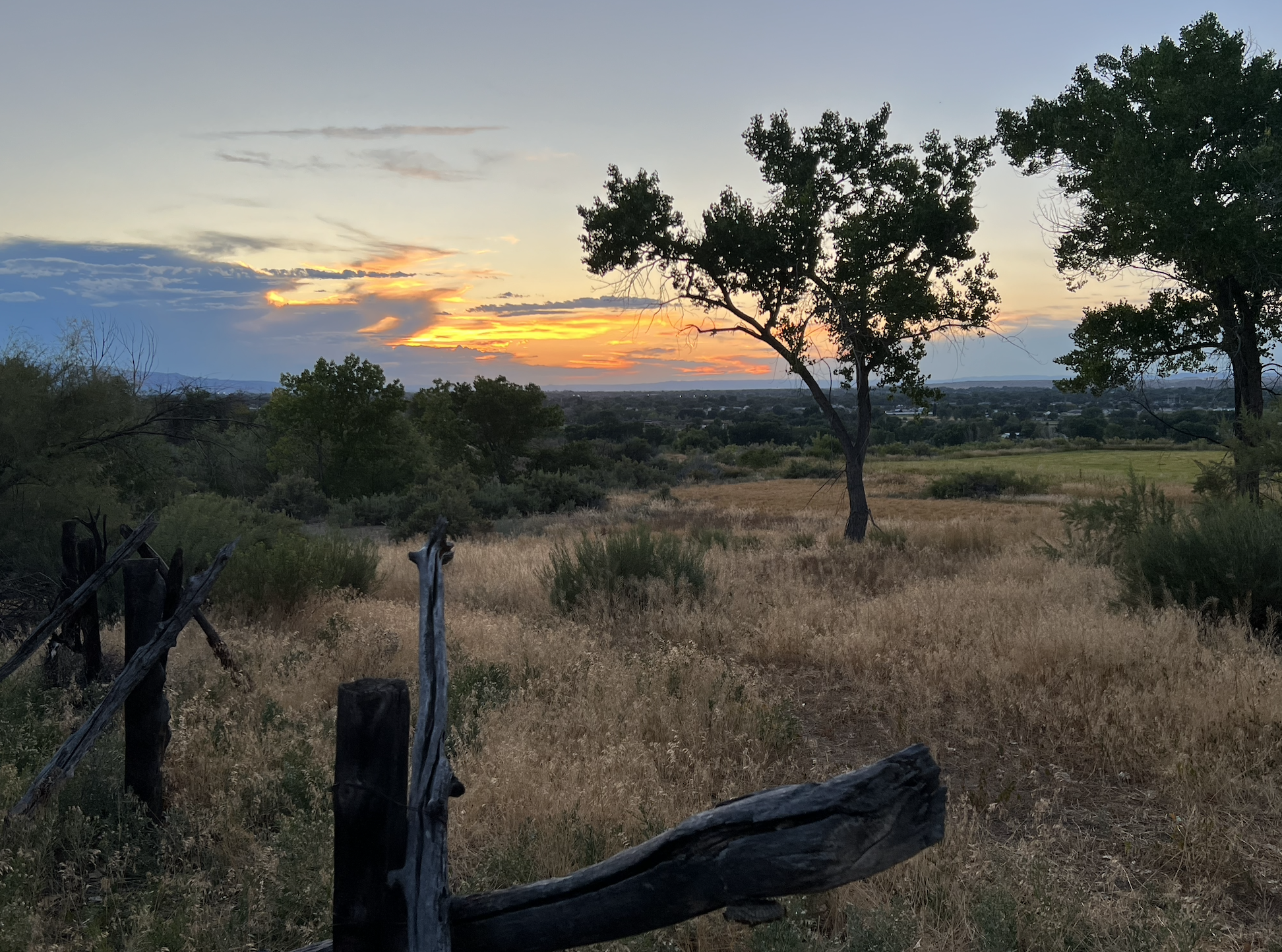A couple of days ago, I cohosted a workshop on circle and ceremony with Ramona Sierra of Sierra Earthworks Foundation, and John Kesler with whom I co-direct the Salt Lake Center for Engaging Community. We had 3.5 hours to work with. Thirty-five people signed up and participated at a beautiful location, the Chase Peterson Building, on the University of Utah campus.
We offered brief introduction on purpose. In this case, the workshop was designed to help people learn and practice circle and ceremony as methods of engaging community, of building deeper connections, or enspirited community.
We had intended a simple check-in circle for people to share a bit on who they are and a bit of why they chose to come to the workshop. However, as we were about to begin that circle, I realized I felt it served better to combine that circle with what was to be the next, which was to speak to the need that any of us were seeing in the world (community, work, family, nation) that requires us to practice the different kind of leadership, the hosting.
The circle began with Ramona selecting a talking piece, a beautiful beaded and feathered stick. I had set some time boundaries, one minute per person. This circle went deep quite quickly, yet stayed in the time framing. The words and energy that were shared were very beautiful. People shared their desire to learn, to connect, to reach out, to be in an authentic space, to slow down. Some shared stories from their respective lives and causes: a refugee community, a woman’s recovery center, a city diversity program, a character education program, documentary arts films, children, hospice work. We were a beautifully diverse group coming to sense in each other ourselves and the beauty of connection.
We took a break after this round, and upon returning asked a simple question, a time-out kind of question. What just happened here? I loved what people spoke, some of which is below.
– Hope and possibility became visible.
– There was a safe place for emotion.
– People were listening with their whole being – this was the invitation spoken by my colleague Ramona to begin – what are the other ways that we can listen with each other?
– The circle creates flow.
– In a minute we were able to say enough about what was important to us and create a container to stand shoulder to shoulder.
– The energy shifted when our stories got more personal.
I suppose it is true that we planned on these kind of things. But we did not design explicity for this. It was not a workshop on creating safe places. Though we touched some of this, I feel we just set conditions and held the space for this to be possible. The way that people entered and participated is what created the stronger impressions for people. And this led them to offer a few gems in checkout — “you’ve expanded my life; I take you with me.”
This experience of circle reaffirms what I know and have experienced from other circles:
– people want to witness each other and want to be witnessed. And even more significantly, it can happen at a surprisingly deep level in a surprisingly short period of time.
– people want the experience of being open hearted or maybe full-hearted in community. We don’t necessarily start speaking it that way, but the form, the circle, activates and reminds us of this experience.
– circle creates the quality of listening that enables us to build. It creates relationship with each other, a chance to hear a bit of story. I shared with them what has become one of my favorite lines on story — “the shortest distance between two people is a story.”
There were many gems that were shared in this circle. These are gems that I carry with me now, even if just for a season. They are bits that are embodied in the turquoise bead that each of us received thanks to Ramona.
And there was simple humor – the transparency of one participant sharing that she didn’t know anyone in the room and actually brought a book to read in case she got bored. We all laughed, relating, and yet knowing the very clear experience of not hiding in a circle. The form gently requires us to show up, which sadly, is often avoidable or not possible in many forms of meeting.
Gratitude for the simple power of a circle. It is the form, the invitation, the energy that builds that helps people feel both friendship and deep learning and that then inspires ideas to use in our respective areas of work and life. Gratitude to Ramona and John, and to the participants that support a process that very easy to feel for a long time.
Design
1:15 Welcome
CEC – John Kesler
1:20 Context, Workshop Shape, and Circle Introduction
Ramona, Tenneson
1:45 Circle
Ramona, Tenneson
Who are you?
Why did you choose to come to this workshop today?
What is the need that you see in your world that requires us to meet and lead differently?
2:30 Break
2:45 Noticings From the Circle
Ramona, Tenneson
3:15 Ceremony Introduction
Ramona
3:30 Ceremony / Circle – Gift of Turquoise Bead
Ramona
What do you take with you from this workshop?
4:25 Close & Thanks
John, Ramona, Tenneson

